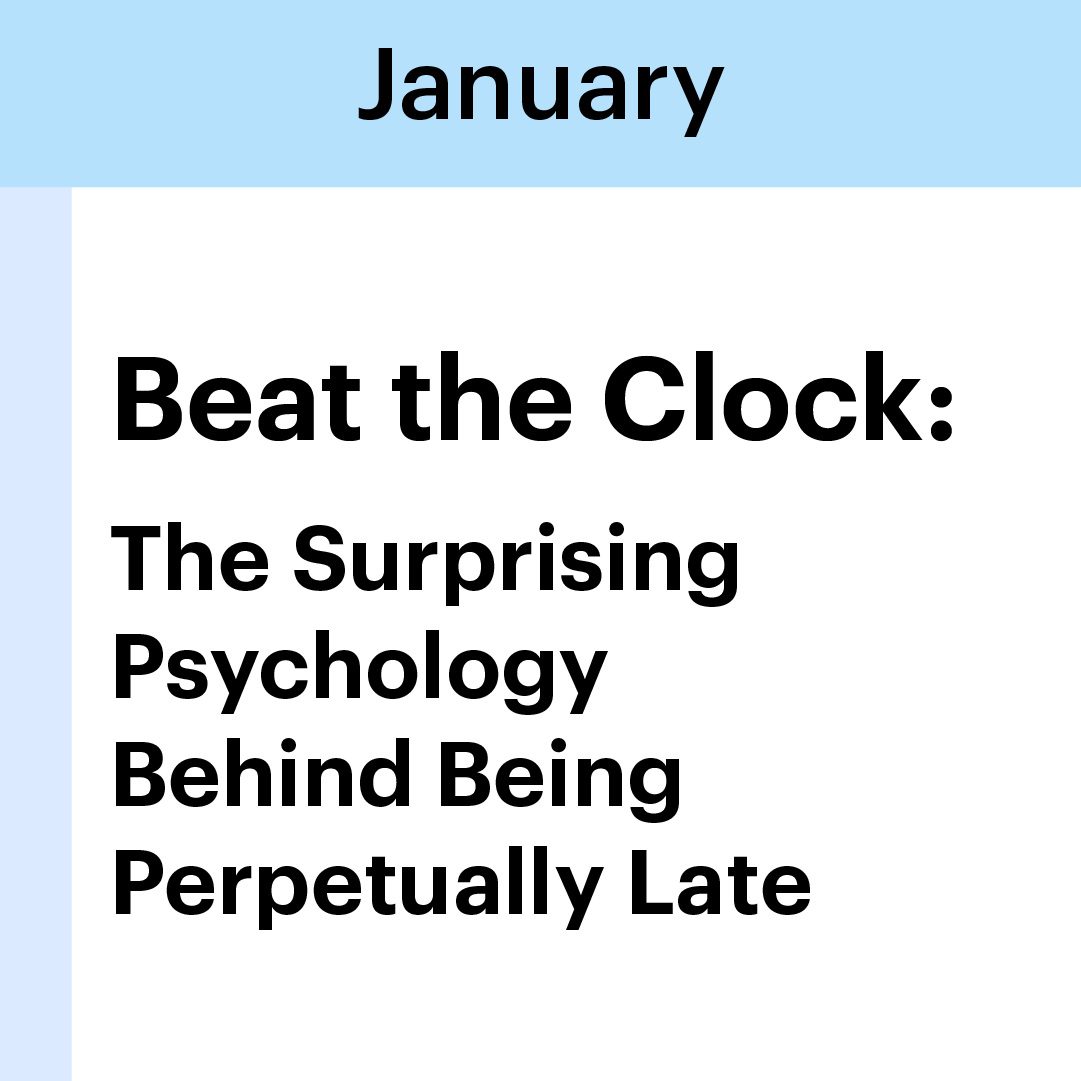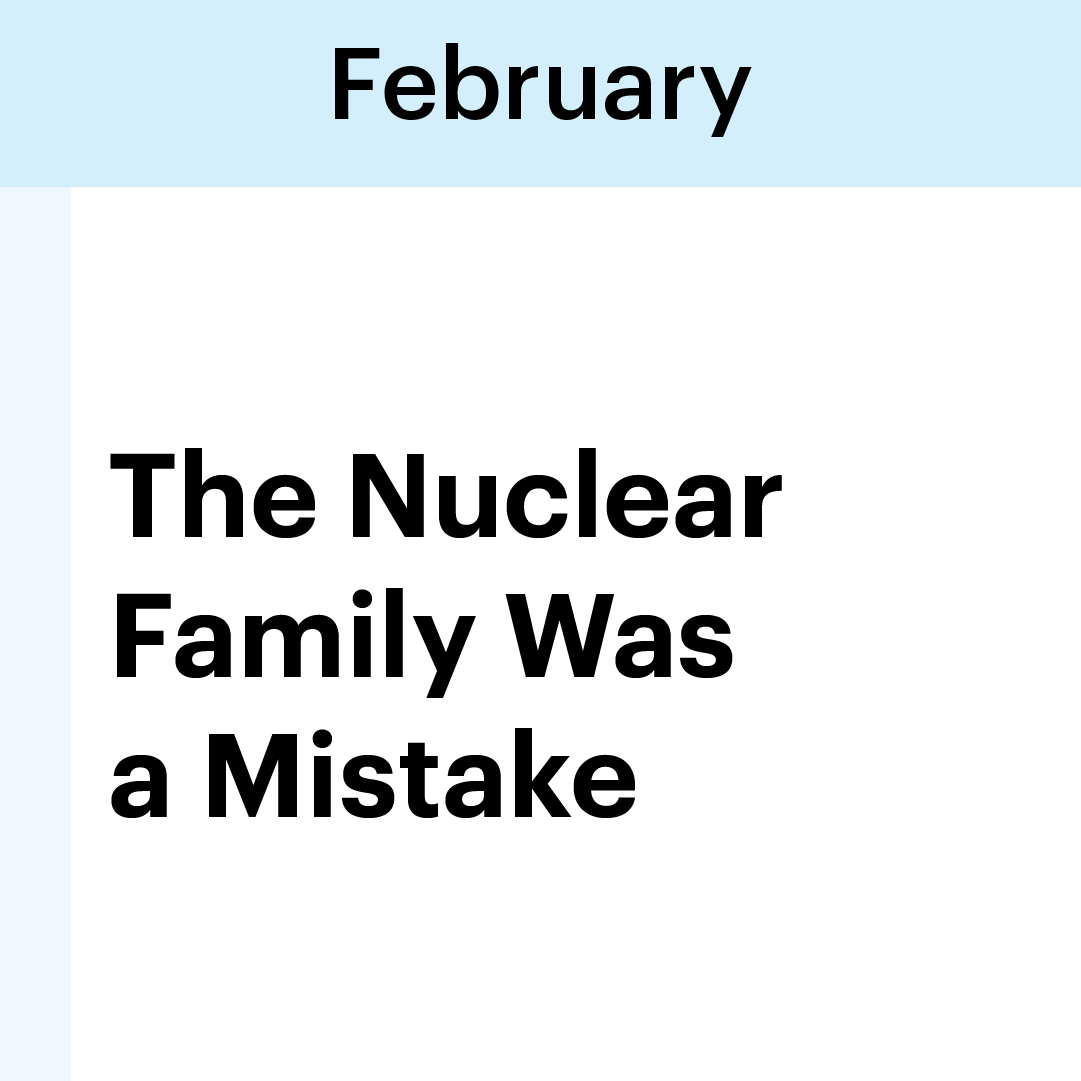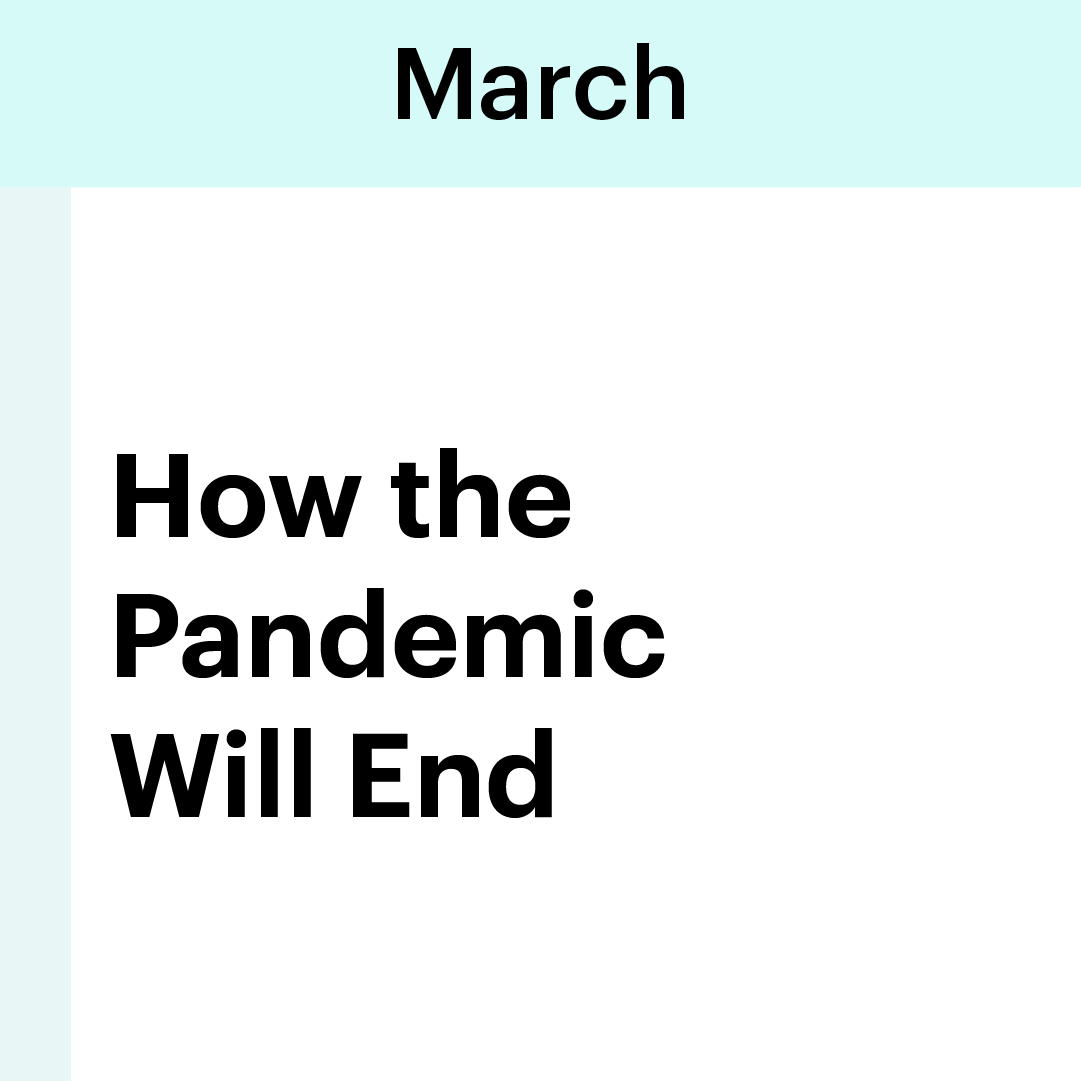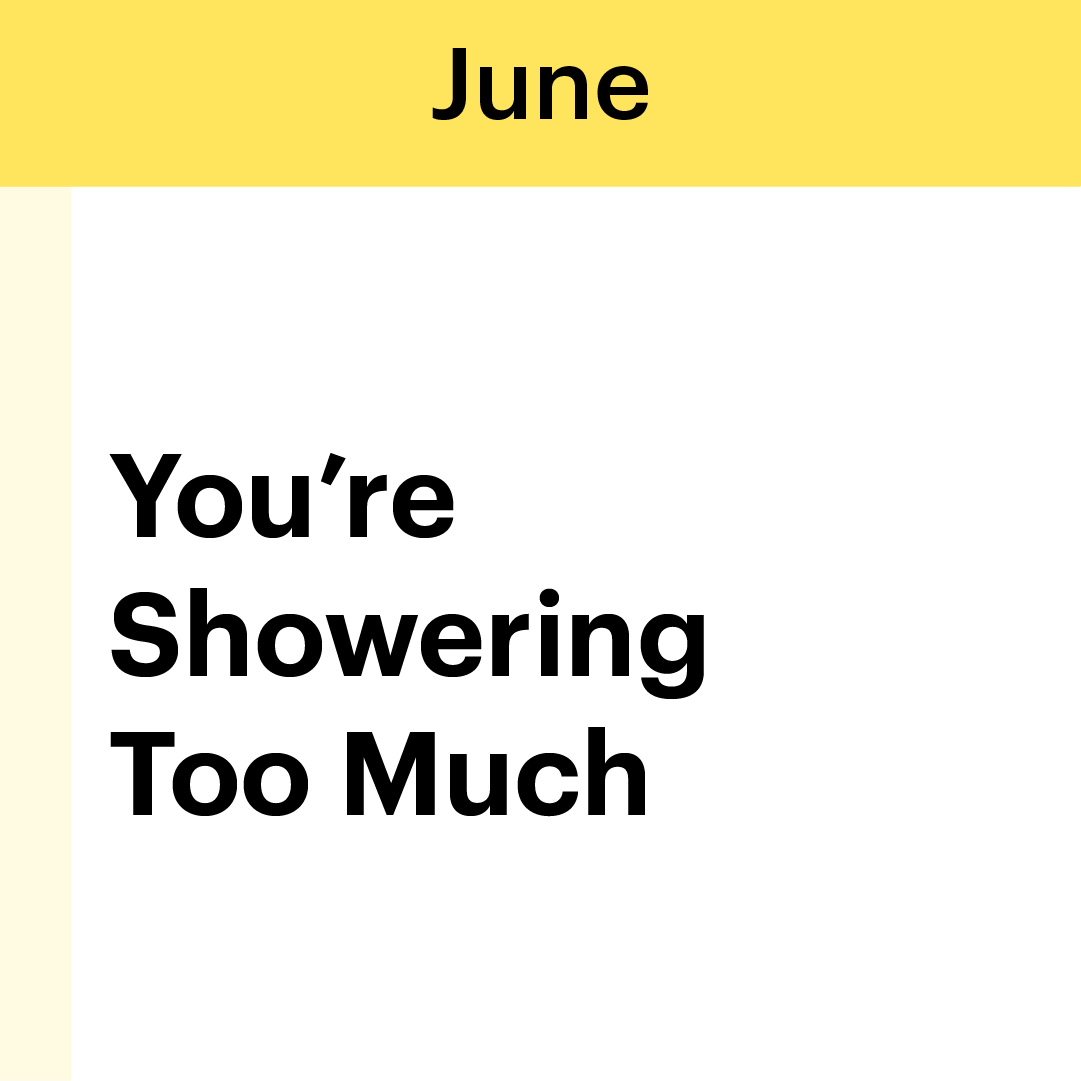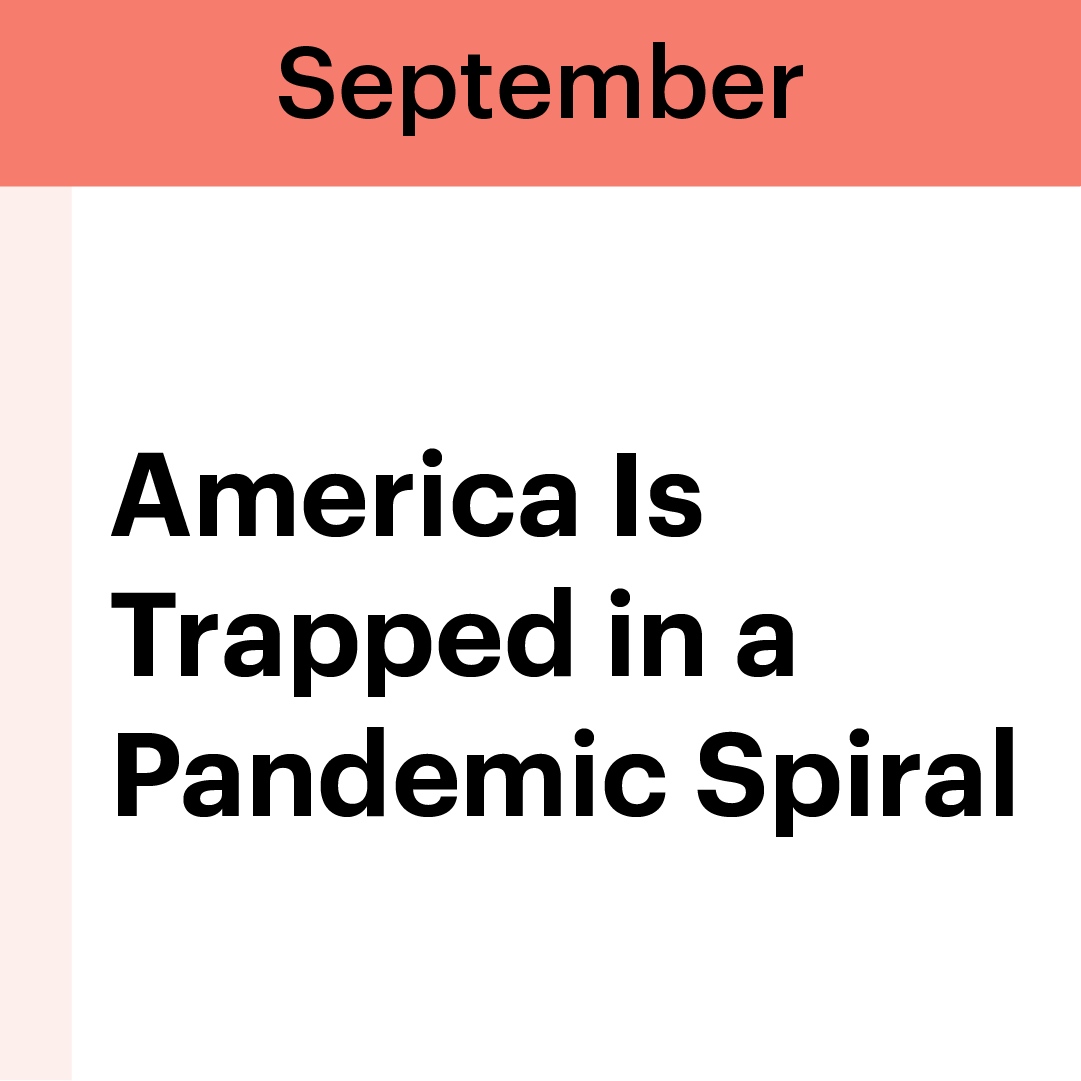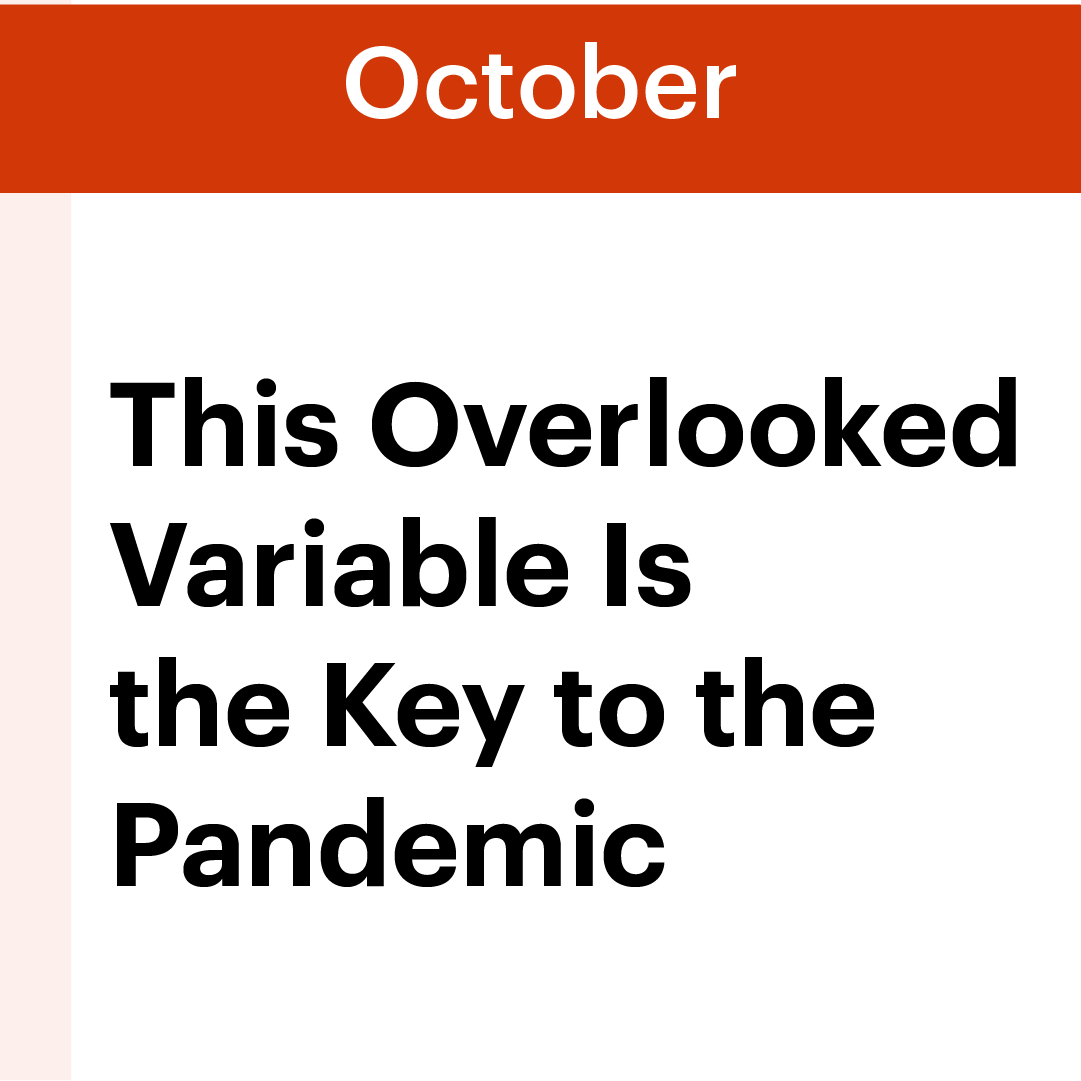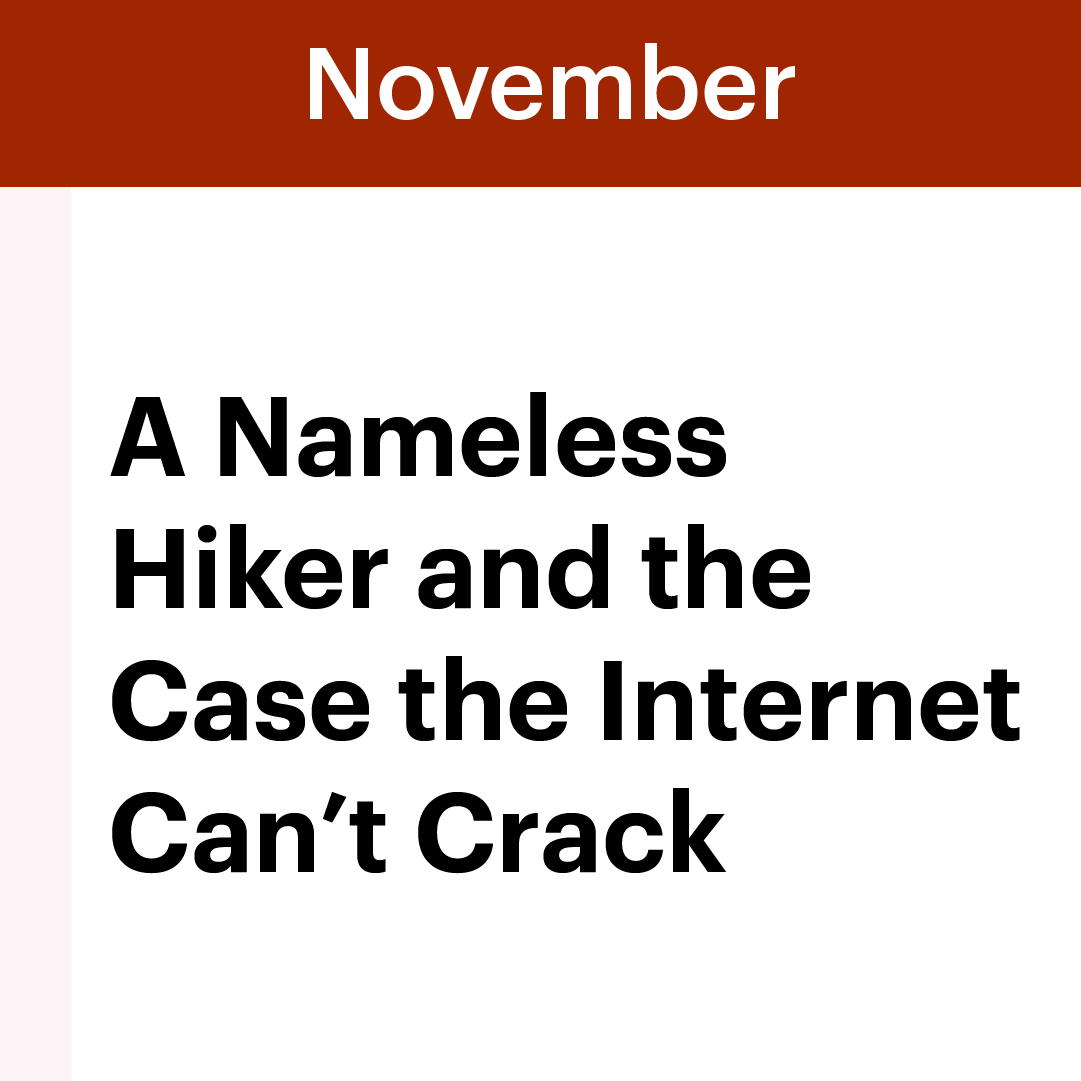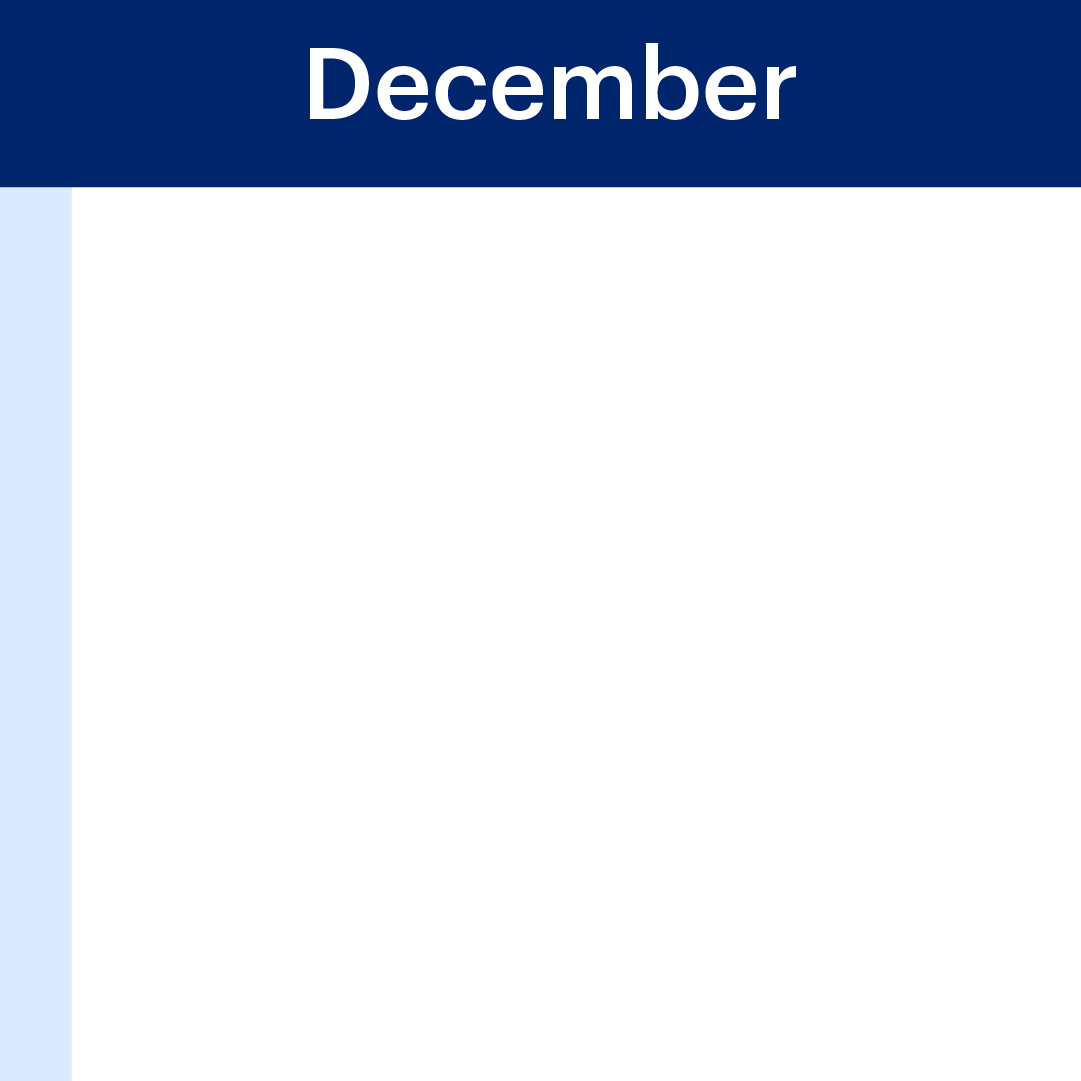Year in Review: What We Read in Pocket in 2020

The things we save and the stories we read say a lot about us. And every day, people around the world save millions of articles, videos, memes, and more in Pocket — making it a unique window into what’s occupying our collective attention.
What emerges this year from a look at the reading and saving habits of the Pocket community is, unsurprisingly, a picture of millions of people grappling with a global pandemic — trying to stay informed and to process the new uncertainty in their lives. But what also emerges is a portrait of tremendous curiosity and resilience in the face of unprecedented challenges.

Each year, we celebrate the articles that fascinated us the most over the previous 12 months. This year, we decided to go a little deeper and look for trends and collective interests that emerged during this unusual and unforgettable year. What we found is that, beyond processing the pandemic, Pocket users showed a clear interest in learning how to better connect with others, and in changing the way they approach their work and careers under new and difficult circumstances.
Here are four trends that stood out:
Processing the pandemic
This year, science journalist Ed Yong’s prescient feature “How The Pandemic Will End,” published in The Atlantic, claims the title of most-read article of 2020. Written in March as COVID-19 began to overwhelm hospitals in Europe and shut down parts of the U.S. economy, it reads like a blueprint for what the world could have done to get the coronavirus pandemic under control.

All in all, a quarter of the top 100 most-saved and most-read articles in Pocket in 2020 concerned the coronavirus pandemic. That might not sound like a lot, given how omnipresent the virus was this year, but it’s unprecedented for a single topic to be the focus of so much of Pocket users’ attention.
A look at the most-saved articles in Pocket by month shows how coronavirus dominated our attention, and traces the mood swings of an anxiety-riddled year.
What else occupied our minds? Articles that fall into the broad category of “self improvement” also comprised a quarter of the top 100 articles this year — including pieces such as Want to Be More Productive? Try Doing Less and The Eight Secrets to a Fairly Fulfilled Life. (The bulk of the remainder of the top 100 was a mix of articles in the health, politics, tech, and food categories.) That’s a marked decline from 2019, when self improvement tips and hacks comprised nearly 40 percent of the top 100 articles, including pieces such as Why You Procrastinate, The Art of Decision-Making and How to Read 80ish Books a Year.
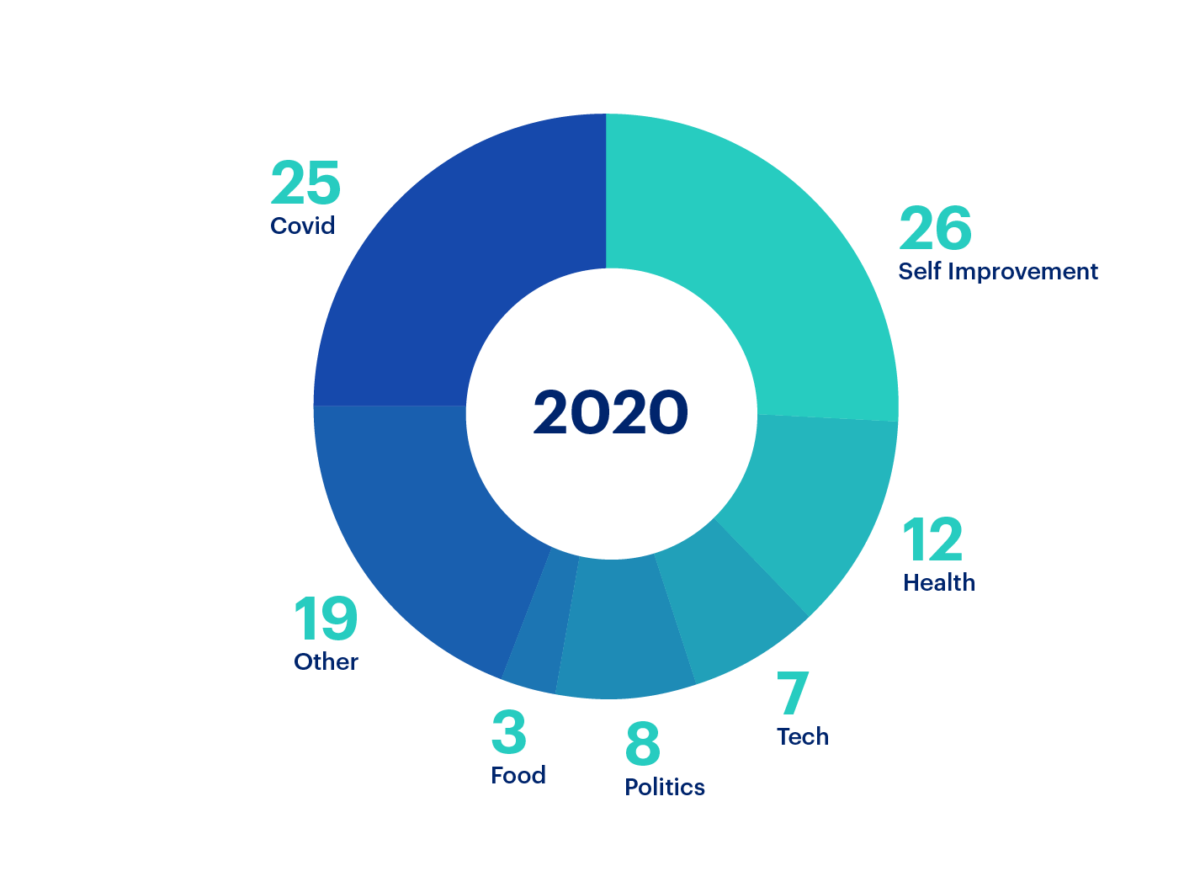
Another decline this year: Interest in traditional career advice. Last year, career-oriented pieces, such as How to Be Successful and Your Professional Decline Is Coming Sooner Than You Think, made up 10 percent of the top 100. This year, the only career-oriented piece that cracked the top 100 that didn’t concern remote work or coronavirus was about the pitfalls of chasing achievement: ‘Success Addicts’ Choose Being Special Over Being Happy.
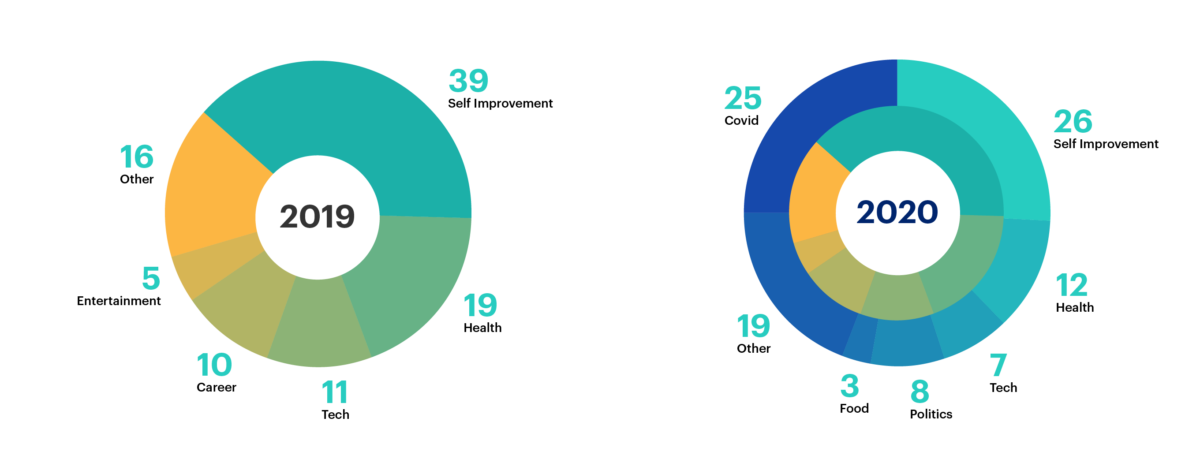
More self-care, less performative hustle
Last year, the interest in career advice could be summed up in a single, predominant theme: “Hustle culture.” Some of the most-saved pieces in 2019 reflected our high-achieving ambitions.



In 2020, that trend shifted noticeably. This year, stories that prioritized cutting yourself some slack and de-stressing rose to the top of the heap.



That’s not to say that Pocket users gave up on their quest for productivity. It was just a gentler approach, as reflected in these popular articles:
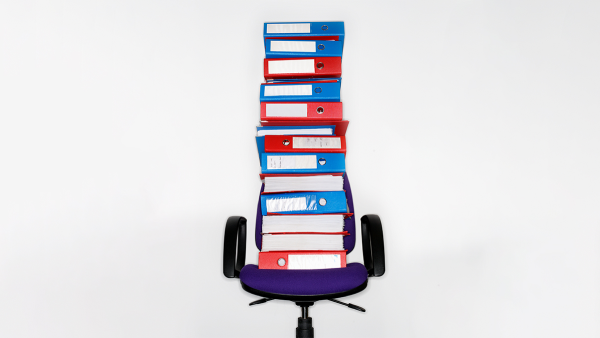


How to connect
Pocket users love a good “how to.” In the summer of 2019, “how to” was the most common two-word phrase in headlines saved to Pocket. Most of the articles were timeless lifehacks, such as:



But amid the stresses of 2020, that trend saw a noticeable dip. It wasn’t just that people were saving fewer “how to” stories — the very nature of what people looked to learn changed dramatically.


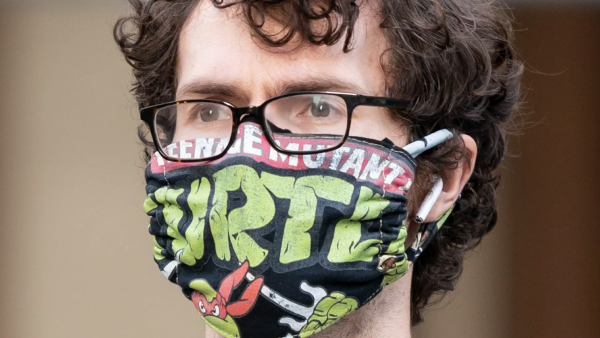
And as political rancor dominated headlines and calls for racial justice swept the U.S., many Pocket users gravitated to advice on how to forge deeper connections with others. Several of the most saved “how to” stories this year were about how to better communicate and effect change during times of intense partisanship and social upheaval.



All Zoom’ed out
In 2019, not a single story about remote work made it into the top 400 most-saved articles in Pocket. Unsurprisingly, that changed dramatically this year.
In March, the first month of the mass shift of non-essential workers to working from home, Pocket users gravitated to straightforward stories about how to set up temporary home offices. In April, as many office workers realized their at-home stay would last longer than they initially realized, a new phenomenon called ‘Zoom fatigue’ crept in.
May saw people struggling with their new normal, while June, July, and August had them searching for ways to improve productivity as they settled in for the long haul. By September, the focus shifted to processing: Understanding what a more permanent WFH life looks like and how it will affect the economy – and us – in the long run.
MARCH – Eager for Guidance



APRIL – Uncertainty Creeps In



MAY – Worrying
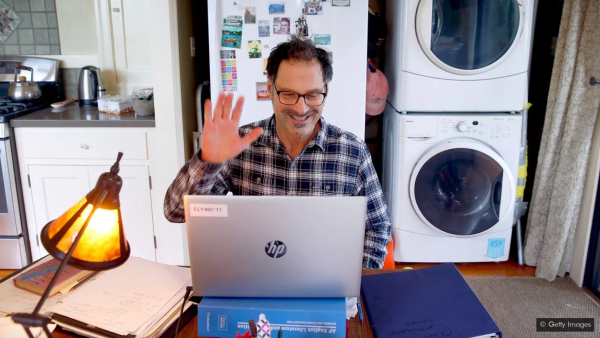


JUNE – Adapting

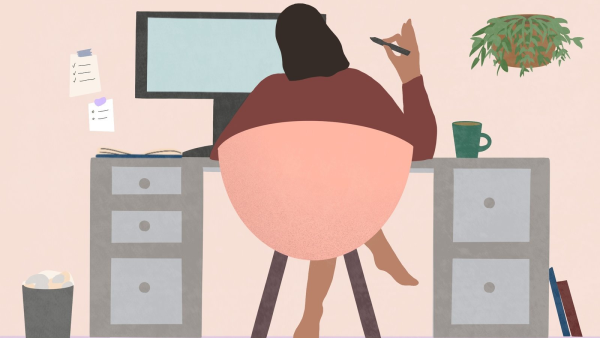

JULY – Adapting



AUGUST – Adapting
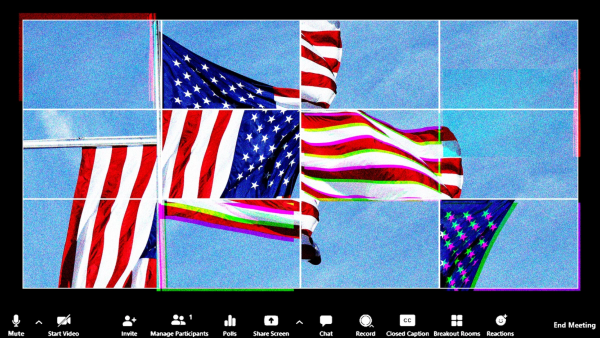


SEPTEMBER – Looking forward



You’ll find plenty more fascinating reads in our Best of 2020, where we’ve singled out the very best of this year’s stories on culture, tech, science, and more.
If you haven’t read these articles yet, save them to your Pocket and then dig in over the holidays. While you are at it, join the millions of people discovering the thought-provoking articles we curate in our daily newsletter and on the Firefox and Chrome new tab pages.
From all of us at Pocket, have a joyous and safe holiday season and a happy new year.

Team Pocket

